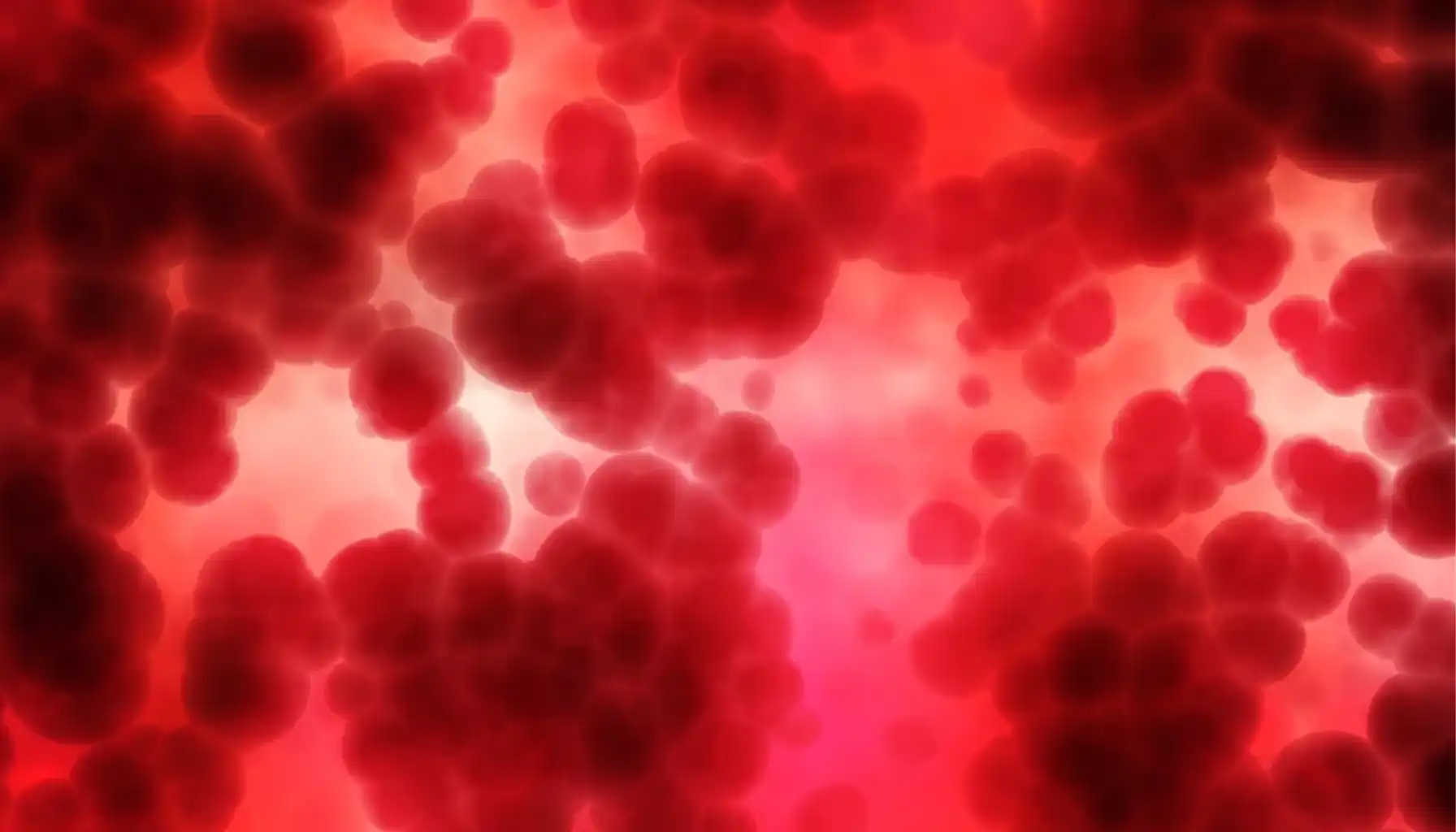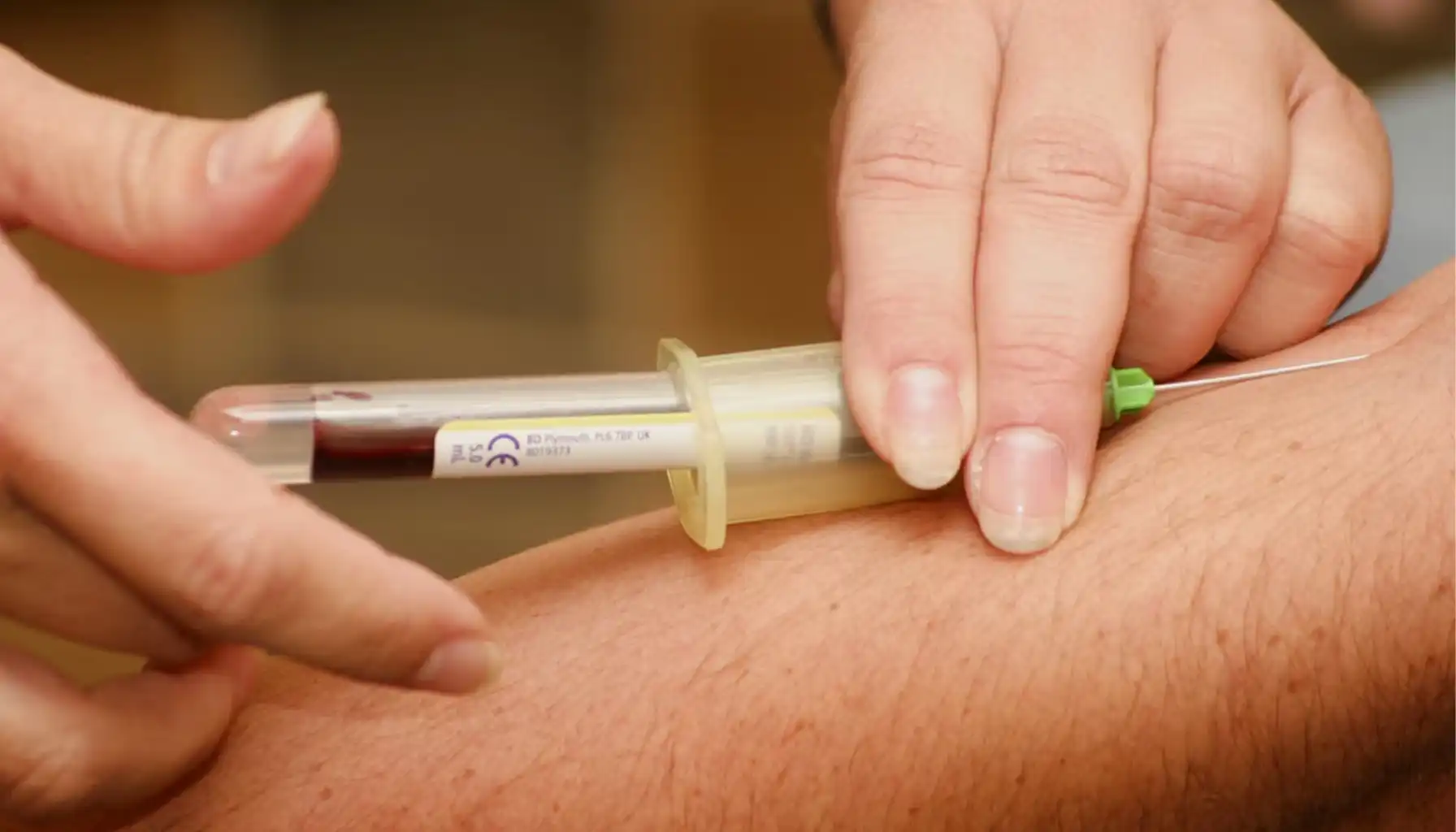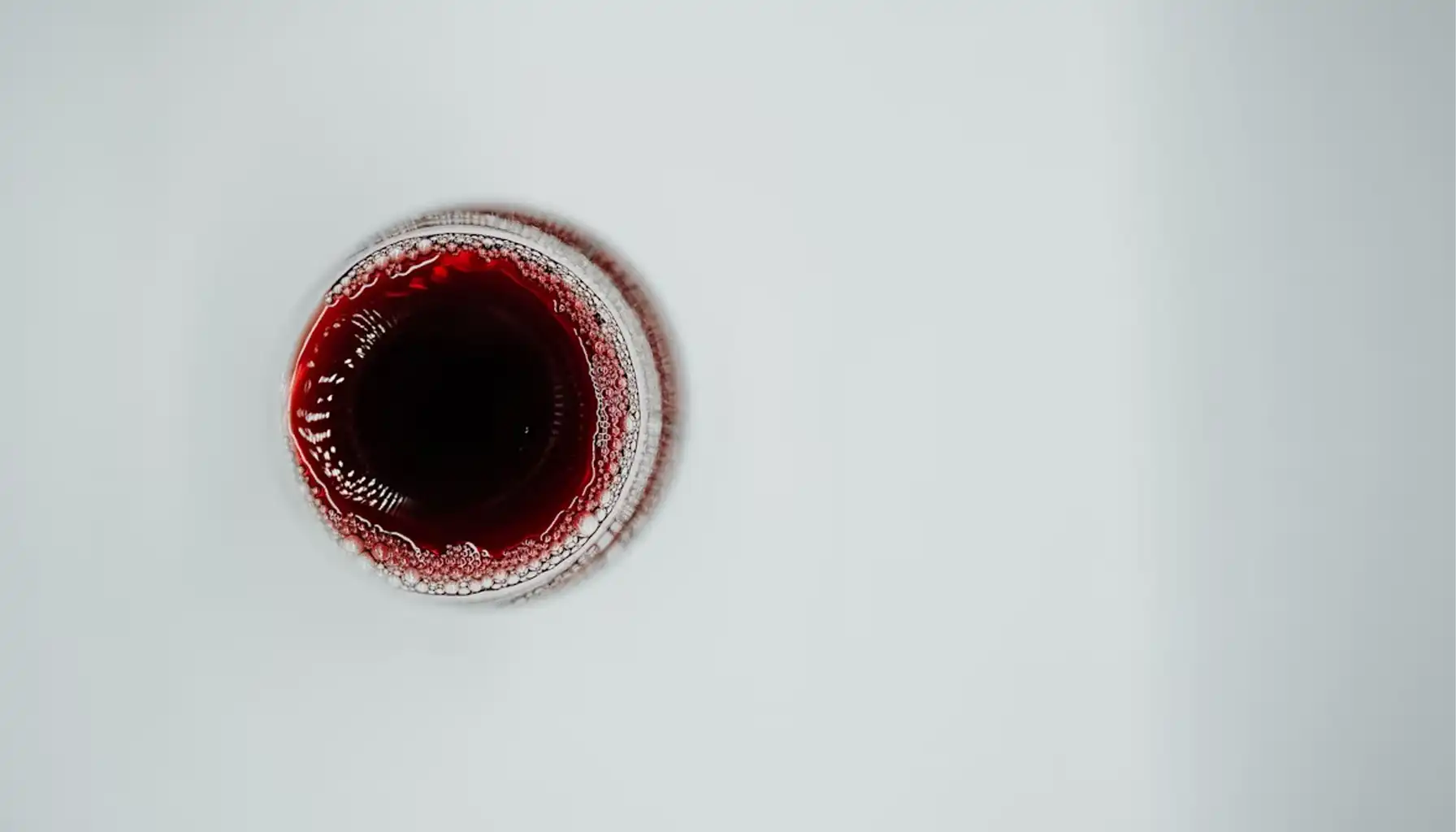Contents:
Some fears remain invisible to others but significantly complicate the person’s life. One of them is hemophobia, which belongs to the group of specific phobias. This condition can limit everyday life, interfere with timely visits to the doctor, and gradually build up inner tension.
In order not to allow this fear to control you, it’s useful to use cognitive approaches — for example, regular memory exercises, which help strengthen stress resistance and train attention.

What is Hemophobia?
Definition and Classification
Clinical psychology uses the term hemophobia definition to describe a persistent irrational fear of blood. In international classifications of disorders, it’s included in the group of "blood-injection-injury phobias". Unlike the natural aversion to the sight of wounds, here the reaction is disproportionate to the real threat and leads to a serious decrease in the quality of life.
If necessary, specialists can define hemophobia as a condition in which a person experiences severe anxiety or even fainting at the sight of blood, whether it’s their own, someone else's, or even an image.
What Does Hemophobia Mean in Practice?
In everyday life, hemophobia meaning manifests itself not only in the medical field. A person may refuse professions where contact with blood is possible, avoid sports clubs with the risk of injury, feel insecure even in conversations on the topic of medicine. This affects career, social connections, and a general sense of security.
How Common is Hemophobia in the Population?
According to statistics, about 3-4% of the population. Most often, the first manifestations occur in adolescence, and without therapy, fear can persist for decades, becoming a fixed part of life.
Hemophobia Symptoms
Physical Signs
The body's reactions can be unexpected and sometimes frightening. Physical manifestations include:
a sharp increase in breathing or a feeling of lack of air;
heart rate fluctuations — from rapid to slowing;
dizziness up to complete loss of consciousness;
nausea, sometimes accompanied by a gag reflex;
cold clammy sweat or, conversely, sudden waves of heat.
The vasovagal response deserves special attention: a sharp drop in blood pressure and a slow pulse. This condition often ends in fainting and occurs almost exclusively in phobias associated with blood. It’s this that makes this disorder special and distinguishes it from many other specific fears.
Emotional Responses
Emotional manifestations are no less difficult to experience. Symptoms of hemophobia include:
sudden panic attacks with intense fear for one's life;
a feeling that control over the body is completely slipping away;
an obsessive desire to immediately leave a situation where there is a risk of seeing blood;
state of derealization — the world feels unreal.
Causes of Hemophobia
Genetic and Family Influence

Scientists are increasingly saying that the roots of fear may lie in heredity. If there have already been cases of anxiety disorders or phobias in the family, the risk increases. Children are especially susceptible to the reactions of their parents: when a parent is distressed at the sight of blood, the child easily adopts this behavior pattern.
There is also a biological aspect — increased sensitivity of the nervous system, due to which stress signals seem stronger than for most people. And some people with autism spectrum disorder have a higher sensory sensitivity from the start, so contact with blood can become an especially difficult challenge.
Environmental and Personal Trauma
Life circumstances also play an important role. Hemophobia causes include a wide range of traumatic experiences:
deep cuts or accidents that left a vivid mark in memory;
painful medical procedures in childhood, such as frequent blood draws;
staying in the hospital and watching others suffer;
scenes of violence or medical manipulations in films and games that can be as impressive as reality.
For some people, the fear develops gradually: after several unpleasant contacts with blood, anxiety becomes fixed, and the body reacts increasingly strongly in the future. Others describe an immediate “trigger” after a single traumatic event, when even the thought of blood begins to cause a panic reaction.
Social Influence
Sometimes the roots of fear are in the environment in which a person grows up. In cultures where blood is associated with “impurity” or threat, children develop heightened wariness. Religious or family taboos can also reinforce the idea that the sight of blood is always dangerous. Even school stories like “Who Will Faint in Biology” can make sensitivity even greater.
Identifying the Fear of Blood
How is It Assessed?
When a person suspects that they have this fear, a doctor may prescribe a hemophobia test. These are not laboratory tests, but questionnaires and a clinical interview that help identify triggers and symptom severity.
The specialist's task is to rule out other conditions: fainting for medical reasons, panic disorder, or neurological disorders. Doctors use the DSM-5 criteria to make a diagnosis.
Hemophobia Treatment
Psychotherapeutic Methods

When seeking treatment, psychotherapy is most often applied. The most effective are:
cognitive behavioral therapy, where a person learns to replace catastrophic thoughts with more realistic ones;
exposure therapy, which involves gradually becoming accustomed to the sight of blood;
applied tension technique aimed at preventing fainting by tensing muscles.
Medication and Supportive Care
Treatment for hemophobia is sometimes supplemented with pharmacotherapy. Anxiolytics help reduce acute anxiety, antidepressants assist when combined with depressive symptoms. Doctors may recommend a regimen aimed at better sleep, moderate exercise, and reducing caffeine.
Everyday Impact
Daily Life and Avoidance
Many who experience this phobia develop unusual ways to cope. Some carry sugary drinks or snacks with them at all times to avoid weakness when they suddenly feel dizzy.
Others keep headphones handy to distract themselves with music when anxiety is on the rise. Others tell loved ones in advance how to help them if they faint. These small strategies don’t eliminate the fear, but they do help maintain a sense of control.
Hemophobia Fear of Blood and Triggers
There are many factors that can trigger hemophobia. These include:
the sight of your own or someone else's blood;
medical procedures;
stories about injuries;
pictures or videos.
Hemophobia Facts and Statistics

Prevalence data. The average age of onset of symptoms is childhood and early adolescence. In girls, signs are more often observed by the age of 7-8, in boys — closer to 9-10. Women in general tend to report the problem more often, and among them, the proportion of cases is higher.
Healthcare impact. According to surveys, up to 25-30% of people with this fear have at least once canceled a scheduled medical procedure, which in the long term increases the risk of chronic diseases.
Educational consequences. There is evidence that some students drop out of medical school precisely because of the inability to handle practical work with blood.
Research gap. Although this phobia is quite common, there are significantly fewer serious studies on it than on anxiety disorders in general.
Coping and Recovery
Many people ask themselves: how to overcome hemophobia without seeing a doctor. In mild cases, the following are useful:
breathing exercises and short relaxation practices;
visualization of safe scenarios instead of disturbing pictures;
gradual exposure to the trigger — from pictures to everyday situations;
tracking progress through a diary or notes.
Simple adjustments help with stability in life:
regular moderate physical activity;
giving up excess caffeine and energy drinks;
stable sleep;
structured morning. A well-thought-out morning routine with light gymnastics, breathing exercises and task planning reduces anxiety.
Long-term steps:
cognitive training of attention and memory;
balance of work and rest to prevent exhaustion;
using apps like Mind Elevate to develop stress resilience.
Sometimes it’s useful to plan for emergency situations when unexpected contact with blood occurs, for example, in a line at a clinic or on the street.
Psychologists advise having a "personal toolkit": a bottle of water, chewing gum to stabilize blood pressure, a breathing technique like "4-7-8", which helps to restore a calm rhythm. Even small habits can bring a feeling of control and make panic less likely, especially in moments when everything feels uncertain.

Hemophobia Cure and Prognosis
Is a cure possible?
Is full recovery possible? Doctors do not give a full guarantee, but with the right therapy, the symptoms are significantly reduced, and the quality of life improves.
Cases of complete disappearance of fear are not uncommon. The main condition is the willingness to work on oneself and seek help. With modern methods, most people manage to get back to their usual lives.
A Path Toward Resilience
Facing a fear of blood can seem insurmountable: a visit to the doctor feels like an ordeal, and an accidental scratch throws you off balance. But this fear does not define a person entirely. It can be weakened step by step — with the help of small actions, trust in those around you, and a willingness to listen to yourself.
Every little bit of progress is proof that moving forward is possible. And if you have already taken at least one step, then you have the resources to continue on the path.





